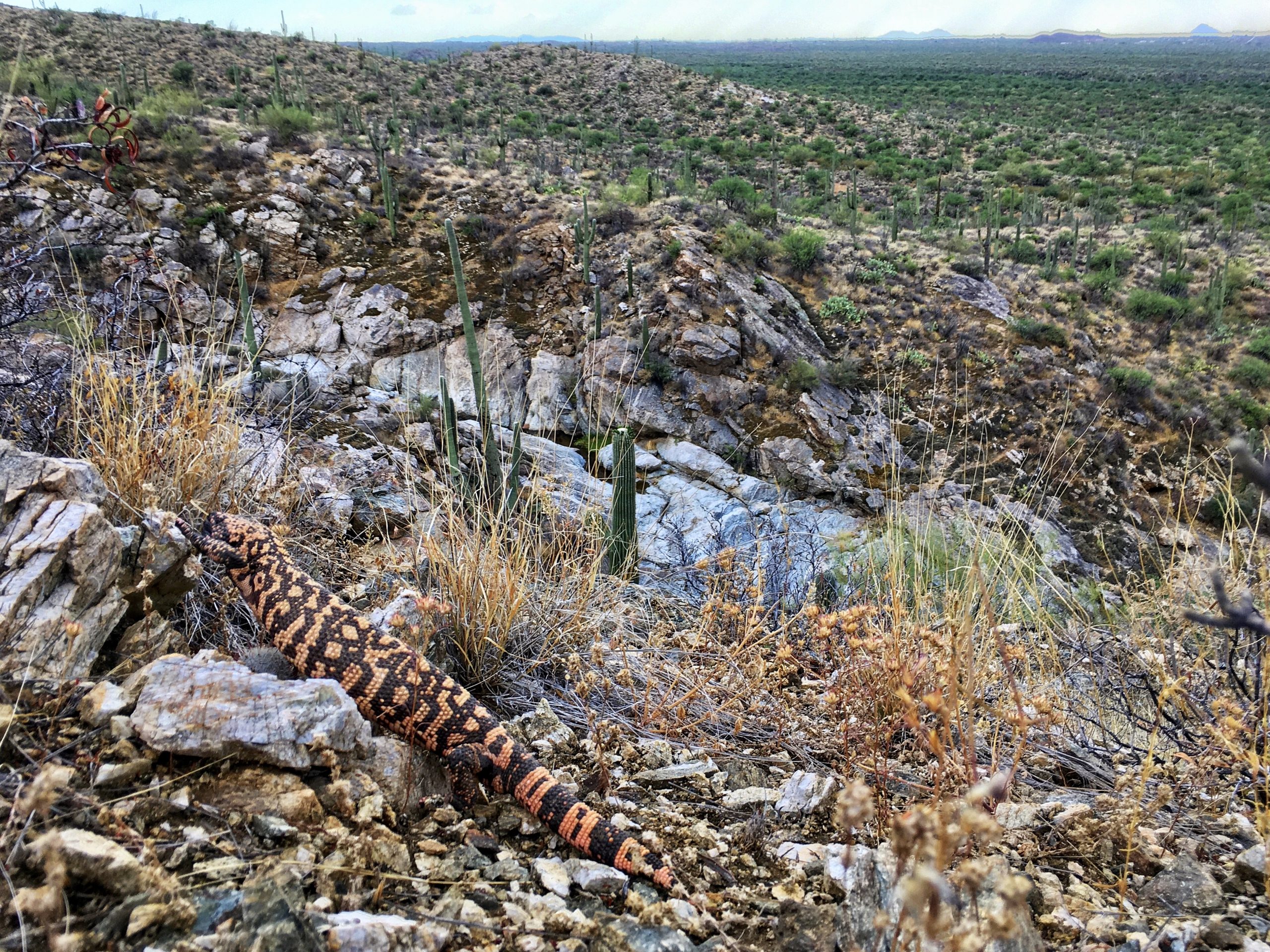Binational ‘border happening’ celebrates San Rafael Valley as DHS prepares to build new wall
Tucson Sentinel (June 5, 2025) by Paul Ingram
As the Trump administration plans to erect 35 miles of new border barriers, environmentalists gathered last weekend in a Southern Arizona hamlet to trade food and songs during a bi-national “border happening.”
Under the shade of large, decades-old cottonwood trees, a man from the nearby village of Santa Cruz, Sonora, played a guitar to an adoring crowd and carne asada smoldered on a grill as hundreds turned out on Saturday in the village of Lochiel to protest a plan to build a border wall through the San Rafael Valley.
For weeks, environmentalists on both sides of the border have worried about federal plans to carve a new border wall through the valley, effectively sealing up protected grasslands in one of the few areas without a border barrier.
In April, officials with U.S Customs and Border Protection laid out a plan to build 24.7 miles of new border wall. On Thursday, Homeland Security Secretary Kristi Noem set this in motion, waiving dozens of environmental laws to build a significantly larger stretch, extending 35 miles along the Arizona-Mexico border.
In a document published to the federal register, Noem waived federal laws for two new sections: one will begin at Border Monument 121 and run to Border Monument 117, while the other will start at Monument 99 and extend west along the border for approximately 33.4 miles.
The monuments are a series of concrete obelisks which help mark the U.S.-Mexico border. The new plan will include Monument 102, which sits at the base of the Arizona Trail near Montezuma Canyon Road, about 70 miles southwest of Tucson.
“There is presently an acute and immediate need to construct additional physical barriers and roads in the vicinity of the border of the United States in order to prevent unlawful entries into the United States in the project area,” Noem said.
Earlier this week, Noem issued similar waivers for a project in the Yuma Sector — which straddles the Colorado River and runs to the Pima County line — to expedite construction through the Tinajas Atlas mountains, along with another project in New Mexico.
In April, the Tucson Sentinel broke the news that CBP officials were seeking to build a new barrier near the Border Patrol’s Sonoita station, closing a gap that starts near Border Monument 102 and extends west for nearly 25 miles.
Myles Traphagen, borderlands program coordinator for Wildlands Network, wrote that “DHS, as usual, has done a sloppy job with their mapping and description” and he mapped the changes.
The new sections, including the portion across the San Rafael Valley will create “the longest unbroken stretch of border wall along the U.S.-Mexico border” Traphagen wrote. With the new wall, this section will span 118 miles from Guadalupe Canyon, “a mile shy of the New Mexico state line to Walker Canyon, 6 miles west of the Nogales Mariposa Port of Entry,” Traphagen wrote.
This is in addition to hundreds of miles of new wall built during the Trump administration, as well as gates, wall sections, and road upgrades built during the Biden-era.
In the last days of the first Trump administration, contractors used dynamite to carve a road for vehicles to access the steep mountain, leaving what the Sky Island Alliance called an “abandoned network of dangerous and ugly road cuts” that “now mauls the foot of the Huachuca Mountains and the Monument.” As part of the effort, the first mile of the Arizona Trail was closed to the public for more than a year.
To read the rest of the article online, click here.












